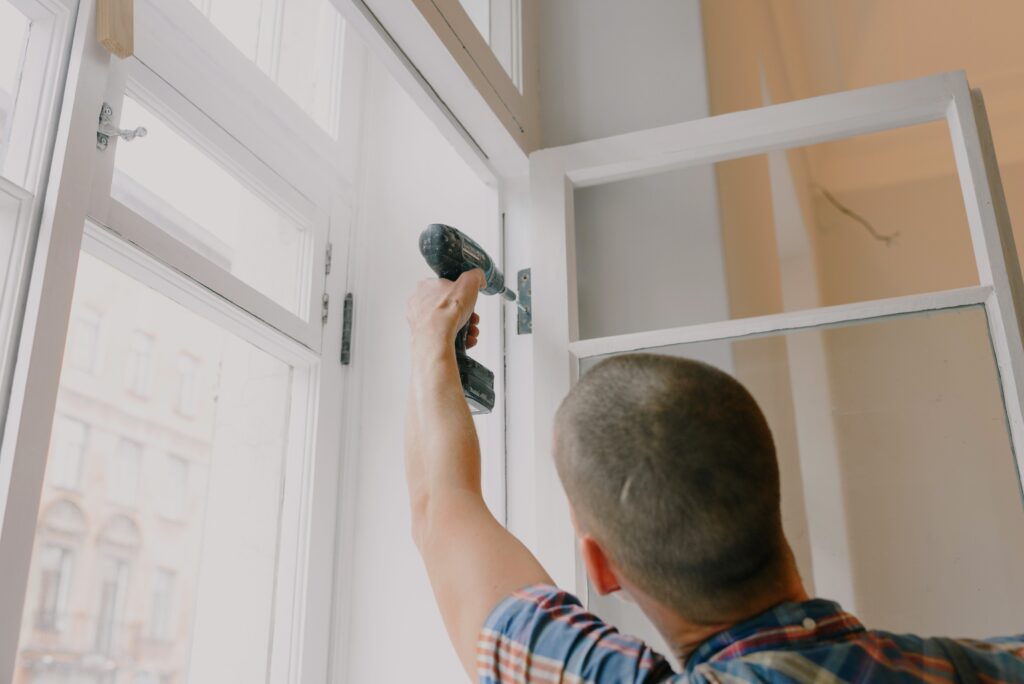
by: Rocky Mengle of Kiplinger.com
August 12, 2022
If you’re planning a few home improvements that will boost the energy efficiency of your house, you may save some money on your projects now that the Inflation Reduction Act is about to become law. One of the bill’s main goals is to address climate change and slow down global warming. And while the legislation primarily helps businesses adopt more eco-friendly measures and jump-start clean energy production, there are incentives for ordinary Americans to go green and save some green, too.
For example, homeowners will be able to cut their tax bill even more going forward if they install new energy-efficient windows, doors, water heaters, furnaces, air conditioners, and the like. That’s because the legislation extends and enhances two tax credits that reward “green” upgrades to your home. (There are also new tax breaks for the purchase of electric vehicles.) Low- and moderate-income families may also qualify for rebates if they purchase energy-efficient appliances.
Both the U.S. Senate and the House of Representatives have now passed the Inflation Reduction Act. Now it’s off to President Biden’s desk for his signature, which is expected to happen soon. Once it’s signed into law, it will be a little easier going green for American homeowners.
- $150 for home energy audits;
- $250 for an exterior door ($500 total for all exterior doors);
- $600 for exterior windows and skylights; central air conditioners; electric panels and certain related equipment; natural gas, propane, or oil water heaters; natural gas, propane, or oil furnaces or hot water boilers; and
- $2,000 for electric or natural gas heat pump water heaters, electric or natural gas heat pumps, and biomass stoves and boilers (for this one category, the $1,200 annual limit may be exceeded).
For eligible home improvements after 2024, no credit will be allowed unless the manufacturer of any purchased item creates a product identification number for the item, and the person claiming the credit includes the number on his or her tax return.
Finally, the revised credit will be extended through 2032.
Residential Clean Energy Credit
The second credit homeowners are eying is the current Residential Energy Efficient Property Credit, which also gets a new name under the Inflation Reduction Act. It will be called the Residential Clean Energy Credit. The credit, which is currently scheduled to expire in 2024, will be extended through 2034 as well.
In addition to a name change and extension, the Inflation Reduction Act will also boost the credit amount. Right now, the credit is worth 26% of the cost to install qualifying systems that use solar, wind, geothermal, biomass or fuel cell power to produce electricity, heat water or regulate the temperature in your home. (The credit for fuel cell equipment is limited to $500 for each one-half kilowatt of capacity.) The credit amount is currently scheduled to drop to 23% in 2023 and then expire in 2024. Under the Inflation Reduction Act, the credit amount jumps to 30% from 2022 to 2032. It then falls to 26% for 2033 and 22% for 2034. The credit will then expire after 2034.
The scope of the credit is adjusted under the Inflation Reduction Act, too. It no longer applies to biomass furnaces and water heaters, but it will apply to battery storage technology with a capacity of at least three kilowatt hours starting in 2023.
High-Efficiency Electric Home Rebates
Although not a tax credit, the High-Efficiency Electric Home Rebate Program will also help American families go green once the Inflation Reduction Act becomes law. The program will provide rebates to low- and middle-income families who purchase energy-efficient electric appliances. To qualify for a rebate, your family’s total annual income must be less than 150% of the median income where you live.
Qualifying homeowners can get rebates as high as:
- $840 for a stove, cooktop, range, oven, or heat pump clothes dryer;
- $1,750 for a heat pump water heater; and
- $8,000 for a heat pump for space heating or cooling.
Rebates for non-appliance upgrades will also be available up to the following amounts:
- $1,600 for insulation, air sealing, and ventilation;
- $2,500 for electric wiring; and
- $4,000 for an electric load service center upgrade.
There will be limits on the amount certain families can get, though. For instance, a rebate can’t exceed 50% of the cost of a qualified electrification project if the family’s annual income is between 80% and 150% of the area median income. Each qualifying family will also be limited to no more than $14,000 in total rebates under the program.
The $4.5 billion to be allocated for rebates will be distributed to families through state and tribal governments that establish their own qualifying programs. The funds will be available through September 30, 2031.



